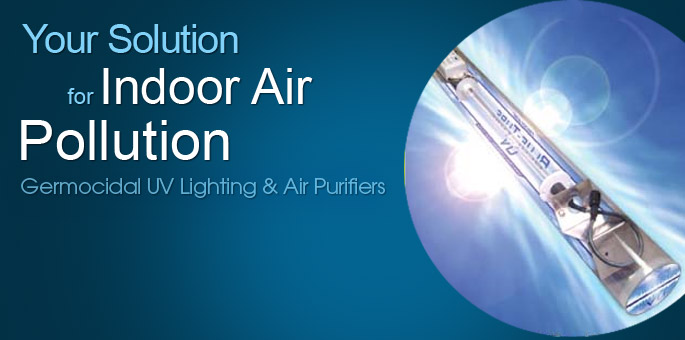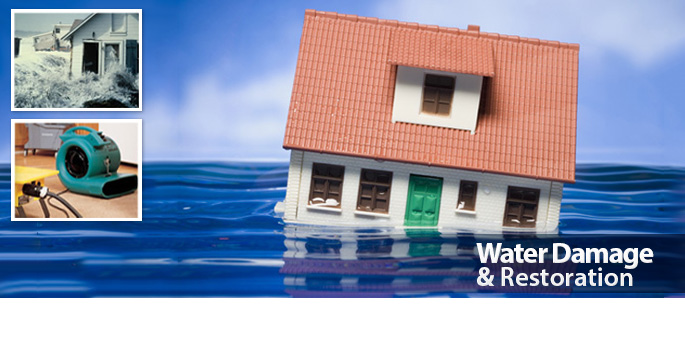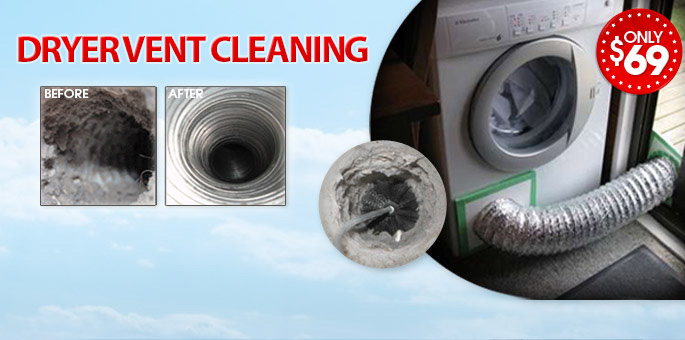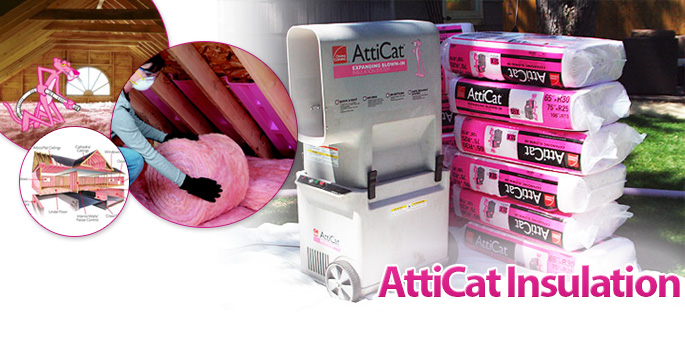Algae Growth in AC Drip Pan Can Damage Home
Some homeowners are unaware that water from their air conditioner can cause extensive damage to their home. An air conditioner cools and dehumidifies the home. The dehumidifying occurs when the moisture-laden air in the home passes through the evaporator or cooling coil. The moisture condenses on the cold coil and drips into the evaporator drip pan. A drain line carries the water to the sewer. This line may be rubber, metal or plastic.
Algae Grows in Warm, Stagnant Water
This works fine, unless the drain line becomes plugged. The opening into the drain line or the drain line itself can become clogged with rust, debris or algae. Algae tends to grow in warm, stagnant water. When the drain line is plugged, the water will overflow the drip pan and spread to the surrounding area. The drip pan is usually about one inch deep and overflows quickly.
Many cooling coils are located in the air plenum of the furnace in the basement. If the floor in the furnace room is concrete that slopes toward a floor drain, there is no serious problem. The overflow will run out the drain. In the absence of a floor drain, the water could spread over the whole basement and ruin carpet or floor covering.
Many Air Conditioner Air Handlers Are in Attics
With the cooling coil located in the furnace, the furnace fan circulates the cooled air throughout the home. In the absence of a furnace, an air handler unit containing a fan is used to circulate the air. To save space, it is often installed in the attic. In this situation, a plugged drain line would result in costly damage to attic insulation and to the ceiling. If repair is not immediate, floors and carpet would also be damaged.
Some homes, especially in warmer climates like that of Palm Beach county, have a combination heating and air conditioning unit located outdoors. The fan or air handler is located inside the unit. A plugged evaporator pan drain line would not cause damage inside the home, but the leakage is undesirable. It would create a wet area around the unit. Water accumulation inside the unit will cause rusting, and bacteria and spores from mold and algae will be circulated throughout the home. This can cause respiratory diseases and poor indoor air quality.
Window Air Conditioners are Not Immune to Plugged Drains
Window air conditioners can have the same problem. Their drip pans and drain lines need the same treatment as a central air conditioner in spite of its location, size, and installation. Although the pan overflow may not drain into the home, bacteria and mold spores can be circulated into the home as the air is pulled in through the A/C unit.
Regular Maintenance Can Largely Prevent Drip Pan Problems
Cleaning the drip pan and drain regularly is a good idea. Before opening the cover of the evaporator coil, always shut off the main power supply to the unit. Do not rely on the interlock switch on the door. Pour water down the drain. If it runs out slowly, the drain is partially plugged. Clean any debris from the pan. A liquid algaecide may be used for cleaning, but a strong solution of laundry bleach is highly effective for cleaning the pan and drain line. After cleaning, flush thoroughly with water. Do not mix bleach with other cleaners, as toxic chlorine gas can be released. After a thorough cleaning, algaecide tablets can be placed in the pan to inhibit algae growth.
The drain line must slope all the way to the drain. A loop that would hold stagnant water encourages algae growth.
When the technician performs routine checkups, be sure the drip pan and drain line are checked. Routine inspections by a certified air conditioner technician and minimum attention by the homeowner can virtually eliminate the possibility of disastrous water leakage of your central air conditioning system.













 On the second floor of a Brooklyn publishing building, the Consolidated Lithographing Corporation was busy creating the next issue of the humor magazine, Judge. The magazine featured whimsical images which had to be printed color by color, for instance, black one day and cyan the next and so on.
On the second floor of a Brooklyn publishing building, the Consolidated Lithographing Corporation was busy creating the next issue of the humor magazine, Judge. The magazine featured whimsical images which had to be printed color by color, for instance, black one day and cyan the next and so on.